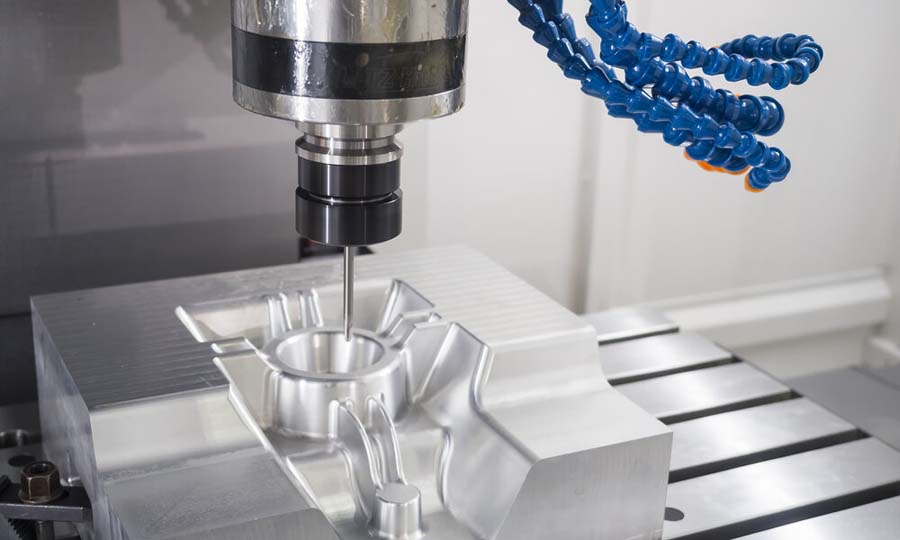The current industry is increasingly dedicated to serving single buyers. This means that a certain product is created for one person. The original product may have some standard basic functions, but it is still customized for a single customer. This is the result of the overall increase in the development of manufacturing technology and has brought about an increase in services.
When we mentioned industry, the machine shop was at the top of the list for custom machined parts. They are places where a single customer can process a single part exclusively for him. Of course, the price of this service is currently quite high, but with the implementation of the new method, the price is falling. There may be a period of time when each product will be customized for each customer.
What Are The Ways Of Product Customization?
Customers can obtain customized products in a variety of ways:
· Self Development.
For example, the customer already knows the part he needs, so he can create a drawing or even a 3D model of it, then come to the machine shop and order it for manufacturing.
· Coordinated Development.
When people are not completely clear about the design or its prospects, this is a good way to get custom designs and machined parts. This places certain requirements on the mechanical workshop (such as the design department). The client interacts with the department and creates a custom design together.
· Adaptive Customization.
This method makes the job of the manufacturer easier, but it places many restrictions on the customer. This method involves the creation of basic components, which can be modified according to customer needs. By using this method, manufacturers can produce a large number of products with a certain degree of customization without wasting too much time on re-adjusting the manufacturing process.
Mechanical Workshop Requirements
If the goal of the machine shop is to manufacture a single customized part for the customer, they must adjust the production in some way. First, custom machining involves a small number of different production parts. This means that manufacturers will have to create a new manufacturing process, creating a CNC program for each part from scratch, which makes CNC machining services for new products easier.
Considering that there are thousands of parts types, and each part has its own requirements for materials and geometry, shortening the delivery time is the main and most difficult task that manufacturers must solve.
In order to reduce the time required to find materials, manufacturers must provide standard inventories for the widest range of materials.
The workshop must also have as many different machines, tools and knives as possible. Just because you have two lathes and no grinder, or losing the order because of the lack of corresponding tools and knives is a bad strategy.
Manufacturers must be prepared to produce as many different types of machined parts as possible, including plastic and metal (steel and aluminum) parts.

What Are Machined Parts?
Machined parts can be seen everywhere in our daily lives. You can understand the concept of parts, from simple design, processing, and completed work to the use of various tools in precise locations for each surface finish. Manufacturing these custom components requires appropriate technology or extensive experience that is fast and cost-effective.
Modern small batch production is very different from mass production. As the demand for customized parts increases, this type of manufacturing is becoming more and more popular, so a lot of research and development is aimed at improving the efficiency of flexible manufacturing systems.
Modern tooling mechanisms allow manufacturers to install a large number of tools on the lathe so that the time required to change tools during machining is minimized.
Almost all types of modern CNC machine tools can be equipped with a special probe. Then use the probe to measure the actual size and position of the fixed inventory, completely eliminating positioning errors. It can also be used to measure the actual size of parts at certain stages of the manufacturing process to ensure that if any errors occur, they can be detected and corrected as early as possible to minimize time loss.
In addition to precision machining methods, large metal parts are usually processed by 2-4 axis machining (turning, grinding, milling), which can obtain unparalleled precision. Through high-tech CNC cutting and 4-axis machining, you can get a smooth, well-made polishing effect.



